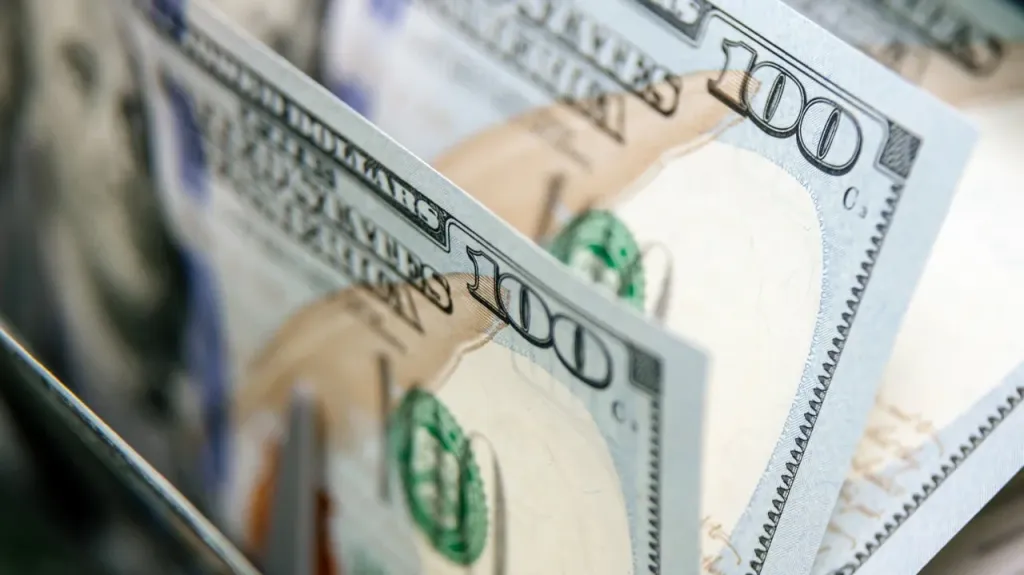Escalation defense: How currencies are reacting to the Iranian crisis
The dollar-yen pair works as a defense against escalating geopolitical tensions in the Middle East, says Bank of America

The US dollar strengthened in trading on Monday as investors sought "safe havens" following the US attack on Iran's nuclear facilities. The market is still waiting for Tehran's response, but analysts are inclined to believe that currencies of developing countries and net oil importers will continue to depreciate under the pressure of expensive oil and geopolitical risks;
Details
The U.S. dollar strengthened sharply in early trading on June 23, taking advantage of its traditional status as a safe haven currency in the wake of U.S. military strikes on Iran, wrote CNBC. At the moment, the dollar index (DXY), which measures the U.S. currency's exchange rate against six other major world currencies, was adding 0.7%.
The euro fell 0.4% against the dollar, while the pound sterling fell 0.3%. The Australian dollar, often seen as a gauge of risk, and the New Zealand dollar weakened by more than 1%. Against the yen, the dollar strengthened by 1.2%, hitting its highest since mid-May.
What are the analysts predicting?
Markets are in wait-and-see mode as they watch Iran's response to U.S. nuclear strikes, with investors more concerned about the risk of accelerating inflation than the negative impact of the escalation on economic growth, Commonwealth Bank of Australia currency strategist Carol Kong said. Her position was published by Reuters.
"Currency markets will depend entirely on the statements and actions of the governments of Iran, Israel and the US. Risks are clearly skewed towards further strengthening of the safe haven currencies if the parties escalate the conflict," Kong said.
Bank of America strategists said that the dollar-yen exchange rate could rise if oil prices remain high, Reuters writes. They noted that Japan imports almost all of its oil, with more than 90% coming from the Middle East, while the U.S. is largely energy independent.
"We believe USD/JPY works as a defense against escalating geopolitical tensions in the Middle East, while providing positive rate differential returns," said in their note.
"Now that the price of Brent crude oil is close to $80 a barrel, the world has to face the risk of increased inflationary pressures and the concomitant impact on economic growth. Pro-cyclical Asian currencies - especially those of net oil-importing countries - remain the most vulnerable," said Fiona Lim, senior currency strategist at Malayan Banking Berhad. She was quoted by Bloomberg.
The Indian rupee, as well as the won, baht and peso are potentially the most affected currencies, according to Wells Fargo. Long positions are most common for the won, followed by the baht, which could lead to their relatively weak dynamics in the short term, according to Chidu Narayanan, head of macro strategy for the APAC region at the company;
Investors were "moving full steam toward emerging markets" when Donald Trump announced the U.S. attack on Iran, Robin Brooks, a senior fellow in the global economy and development program at the Brookings Institution, wrote in a note.
"This raises the risk of a sharp reversal of these flows, which could lead to a strong weakening of emerging market currencies," he said.
"As for the U.S. dollar, we suspect it would have fallen further if not for the war, mainly because the news on U.S. import duties is not particularly good, and also because [economic] data outside the U.S., though weak, does not point to further deterioration relative to the U.S. situation," Macquarie currency strategists and rates specialists Thierry Wiseman and Gareth Berry said in a June 20 note to clients ahead of the U.S. strike on Iran. It was quoted by CNBC.
This article was AI-translated and verified by a human editor
